By Sneha Barua
The best thing about fashion – It keeps on changing allowing both men and women the independence of imbibing new and funky trends in their dressing styles over the years.
After all who doesn’t like to dress up, guys!
Apart from being pretty popular for their opinionated asses, superhuman pool of talents (exaggerated much?) and gorgeous features, the one thing the Bengalis a.k.a. Bongs are known for their unique Bengali fashion sense (the way they don that sari makes you go wow).
So, let us trace the changing vogues in Bengali fashion over the years, shall we?
#1. Pre-Colonial Era: Before the 1850s
Traditional Bengali women seen wearing a single piece of clothing draped around their body without undergarments
Bengali men donning Dhotis and Lungis with no upper body garment
#2. British Raj – 1850s to 1950s
British Raj brought with itself changing trend in draping the sari. Earlier way of draping sari without blouse was seen as inappropriate, so Bengali women started wearing sari with a blouse or an undershirt (Jama) and petticoat (Shaya).
This way of wearing the sari popularized as Brahmika Sari (most popularly donned by women of Brahmin households).
Brahmika sari originally popularized by Jnanadanandini tagore, wife of Satyendranath Tagore, elder brother of Rabindranath Tagore.
The Brahmiki Sari was originally inspired by the Parsi Gari sari donned by Gujarati and Parsi Women.
Although, rural Bengal men can be seen wearing their authentic Dhotis during British Raj.
#3. 1950s to 1980s
New trends of wearing saris emerged coupled with stockings, bodice (Angiya Cachali) with short skirt like petticoat and shawl (Chador) draped over the shoulders.
Bengali women started personalize the style of wearing saris by pinning the anchol over the shoulder with a pin or brooch to secure it.
Also Read: 9 Saree Trends Every Woman Needs To Know For 2017
#4. Late 19th to Early 20th Century
Another new trend started to emerge among Bengali women to wear a mantilla, which was most commonly of lace along with the sari as seen in the picture above.
This trend was inspired by the European style of draping a mantilla over their heads by upper class British women.
Although the main dressing style of Bengali women i.e. sari, did not change over the years but subtle changes in styles of blouses could be seen in early 20th century. As can be seen in this picture – the woman is wearing tight-fitted sleeves up to the wrists.
The upper class women of Bengal were seen wearing rich and expensive Jamdani and Benarasi saris as worn by Vidya Balan in the movie Parineeta.
Puff sleeves were widely popular among Bengali women as worn by Raima Sen.
The information and visual communication media in the 1980’s brought sudden changes in the weaving patterns of saris. Tie and dye saris and hand block printed saris became fashionable.
Women till date could be seen wearing printed saris in rich and vibrant colors.
As women started to go out and work, another type of dress that has suited the Bengali women due to its comfort and ease is the Salwar Kameez, mainly inspired by the Mughals and Pathans.
#5. Late 20th Century till date
With the growing Western tide upon them, Bengali men and women started dawning western clothes but the one thing that never changed in their fashion is their traditional attire: Men wearing kurta and dhoti; women wearing the authentic white sari with red border draped in the old Bengali style accessorized with gold ornaments and the trademark Shakha and Paula.
This attire is what truly makes them stand out.
So there you have it, folks! That’s our little piece of trivia on tracing the Bengali fashion timeline and we hope you liked it.
Want us to do more articles like this one?
Let us know in the comments!
Image Credits: Google Images
You’d Also Like To Read:
http://edtimes.in/2017/09/heres-why-middle-class-indian-men-need-to-have-a-fashion-sense/














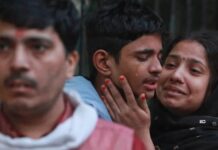








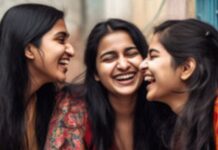





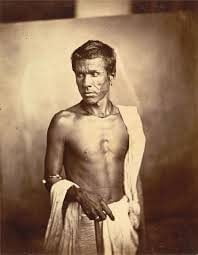
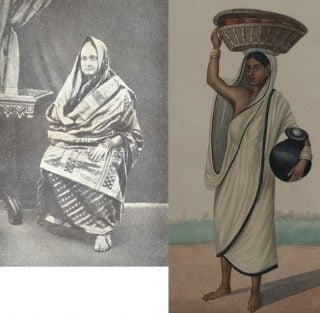

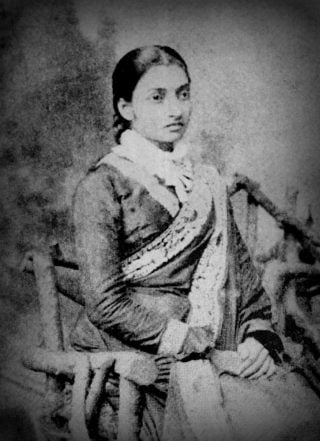
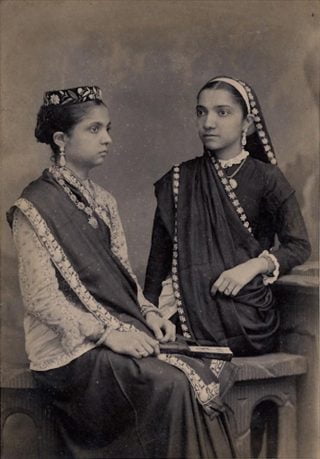
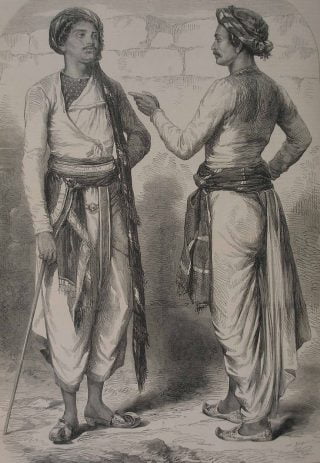
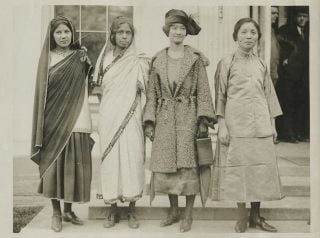
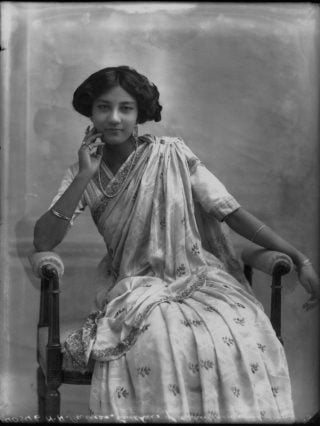
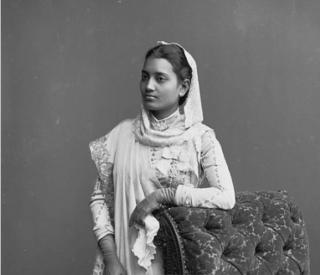
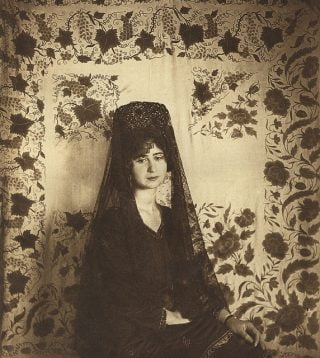
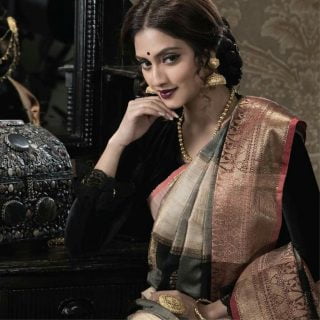
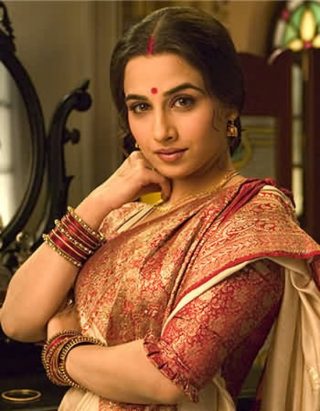
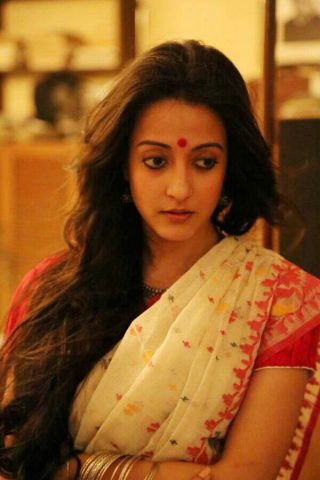
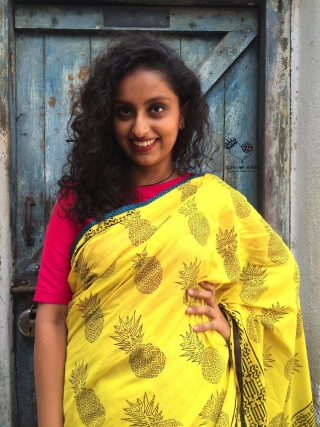
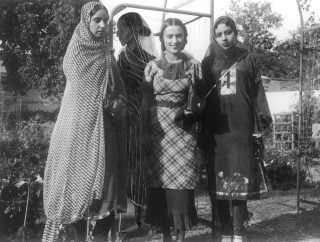
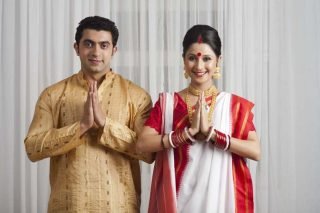








Nice